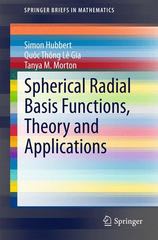Answered step by step
Verified Expert Solution
Question
1 Approved Answer
Please calculate me 1, 2, 3, 4. Please write clearly for me. Thanks. 12 in 1h 13 next Sun Forum Grapher Calculus II: 14 Numerical
Please calculate me 1, 2, 3, 4. Please write clearly for me. Thanks.




Step by Step Solution
There are 3 Steps involved in it
Step: 1

Get Instant Access to Expert-Tailored Solutions
See step-by-step solutions with expert insights and AI powered tools for academic success
Step: 2

Step: 3

Ace Your Homework with AI
Get the answers you need in no time with our AI-driven, step-by-step assistance
Get Started


